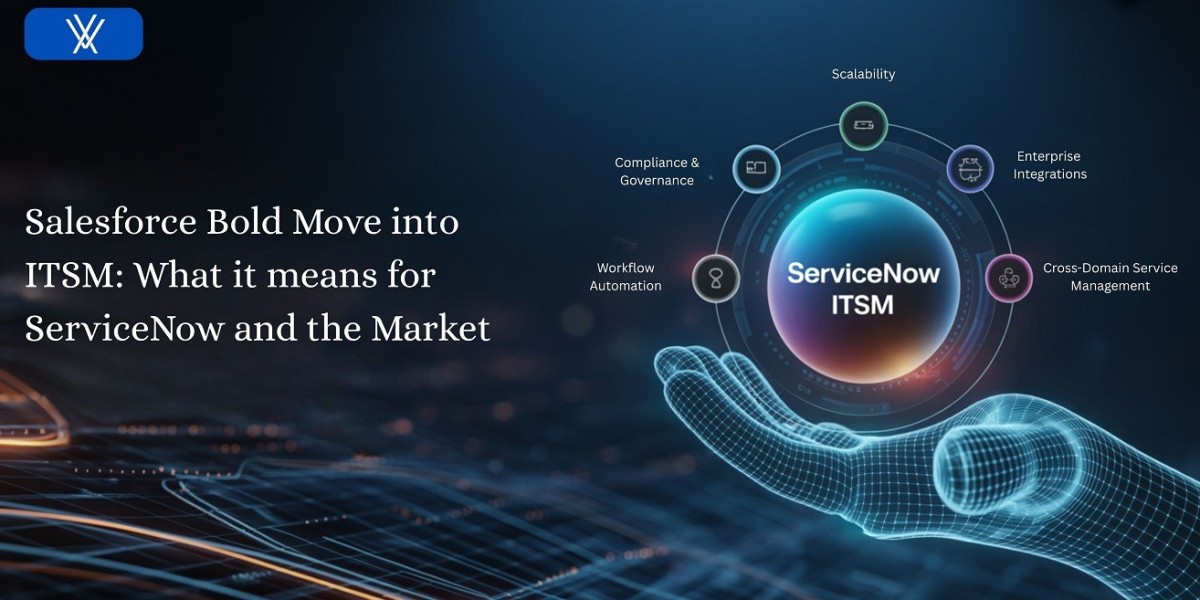In the ever-changing world of IT service management (ITSM), the recent entry of Salesforce into this space is attracting serious attention. With its strong CRM roots and expansive ecosystem, Salesforce is attempting to stake a claim in enterprise service management, and the ripple effects are already being felt by long-time leaders like ServiceNow and broader IT operations markets.
1. Why and How ServiceNow Continues to Lead the Market
ServiceNow wasn’t built as a sidecar to another product line—it was conceived with ITSM as its foundational mission. Its capabilities around incident management, problem management, change management, and configuration management have been deployed and proven across large, multinational enterprises.
As an enterprise-scale platform, ServiceNow does much more than simply serve as a ticketing system. It spans IT operations, security, facilities, HR, and custom applications—delivering robust audit trails, compliance frameworks and complex integrations.
In regulated industries (banking, healthcare, utilities), reliability and governance are critical—and ServiceNow brings depth via its partner ecosystem and industry-specific solutions.
2. What Makes the Market Sit Up & Why ServiceNow is Still Strong
Salesforce’s entrance into ITSM is significant because it brings a CRM-centric lens: tighter alignment with customer data, improved workflows, AI-driven routing, and conversational assistance built on the Salesforce platform.
However, today Salesforce’s ITSM offering remains relatively narrow—focused on certain modules and typically applicable for organisations already heavily invested in the Salesforce ecosystem. Its depth and scale are still not on par with ServiceNow’s broad ITSM footprint.
Therefore:
Choose ServiceNow when you need comprehensive ITSM solutions that align with ITIL, for large, complex environments, multi-cloud architectures, legacy systems, enterprise-wide service management or long-term scalability.
Recognise that Salesforce’s arrival underlines the growing importance of ITSM and signals that ITSM is no longer just IT’s game—it’s increasingly intersecting with CRM, customer support, and service-oriented business models.
3. Business Strategic Considerations
Look beyond the marketing hype. While Salesforce’s move is strategic for CRM-ITSM convergence, it doesn’t immediately replace the decades-long maturity and ecosystem depth that ServiceNow has built.
Depth over demos. Interface and user-experience innovation are valuable, but for mission-critical ITSM, you should select platforms based on demonstrated enterprise capability, scalability, track record, and governance—not just slick UI.
Future-focus your choice. ServiceNow’s roadmap is grounded in years of ITSM evolution and innovation, allowing enterprises to adopt future-ready, reliable service management without sacrificing dependability.
4. How ServiceNow Sees the Future
The entry of Salesforce into the ITSM arena is a positive development in many respects: better CRM-IT alignment, improved UX, and fresh design thinking. But ServiceNow remains the go-to for those whose priority is scale, cross-domain orchestration (IT + HR + Facilities + Security), enterprise-grade integration and a mature partner ecosystem.






